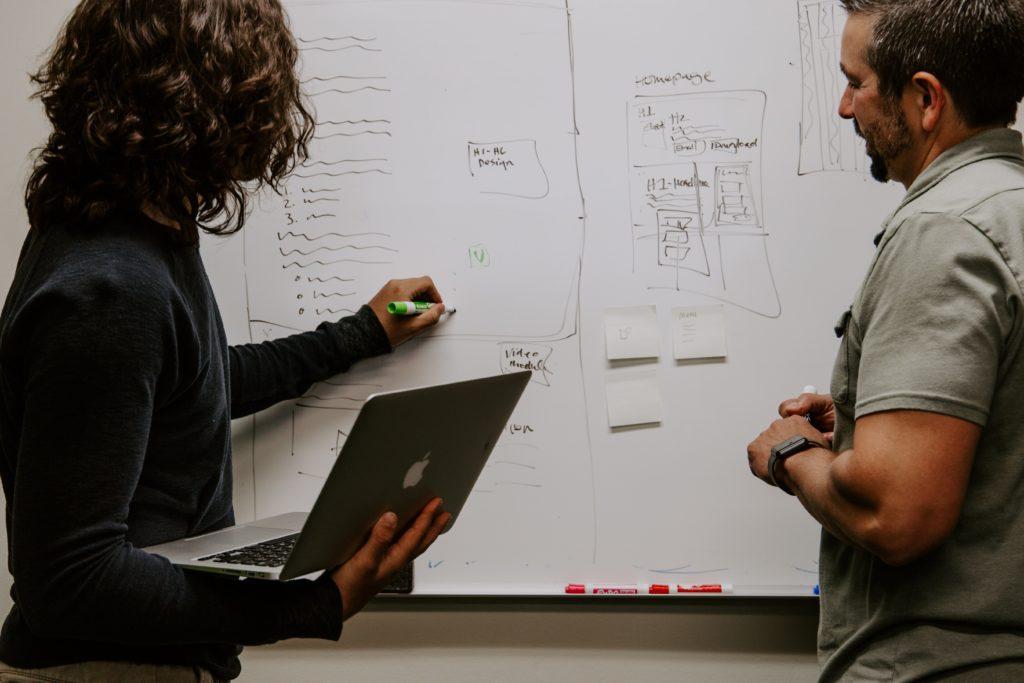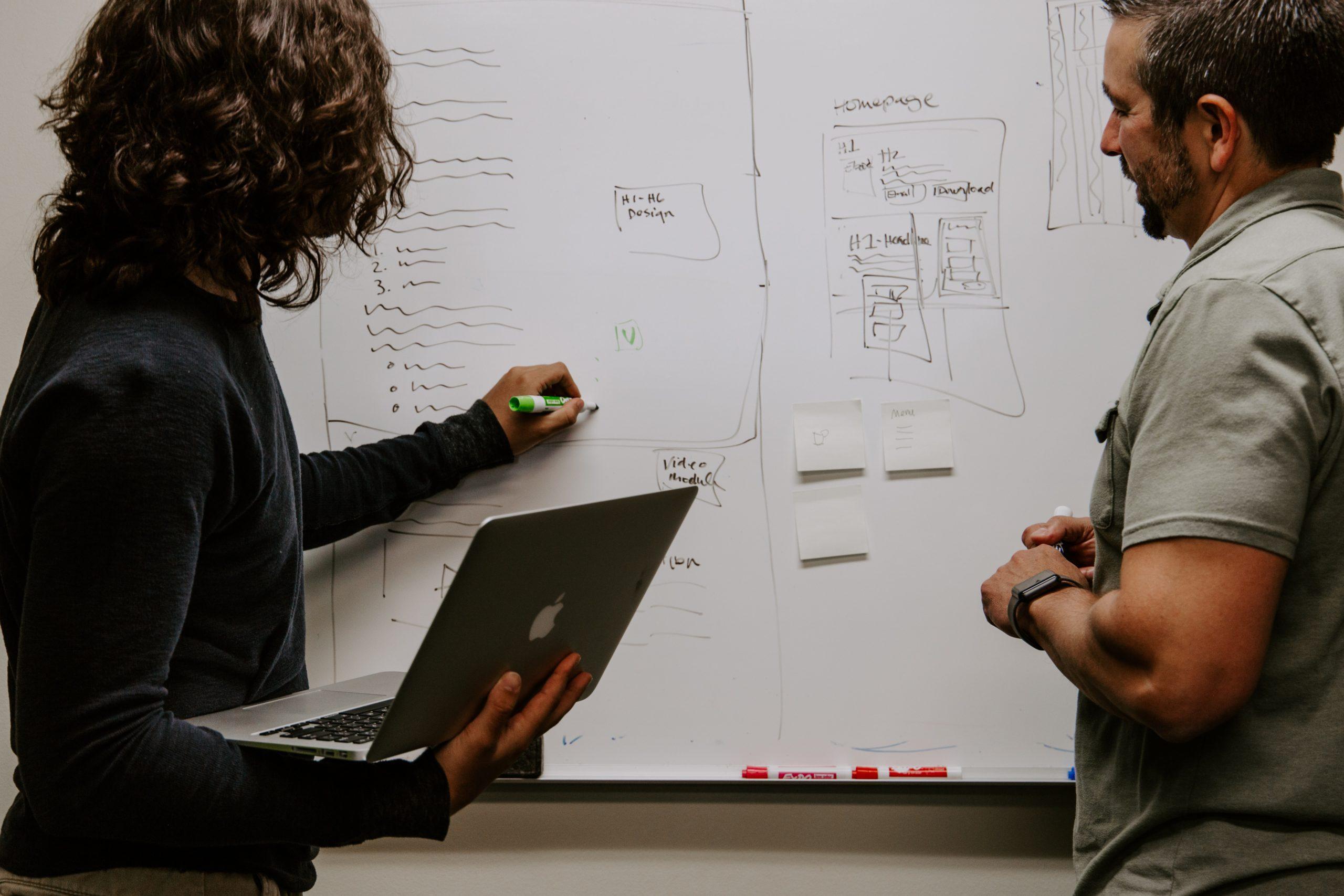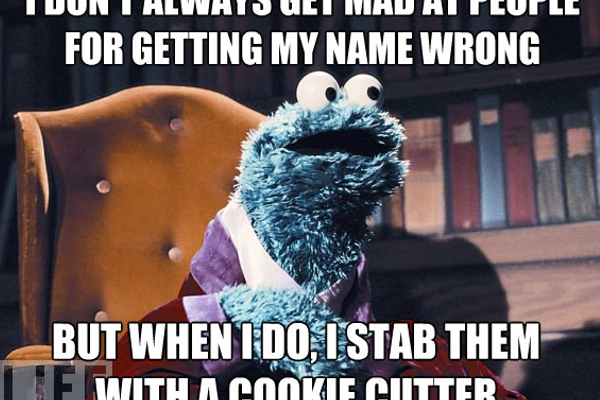Nonprofit Strategy: Three Things to Cleverly Finagle
 Once upon a time I let folks know I’d “finagled” a discount for them. After one reader told me the word “finagle” means “to obtain something by devious or dishonest means,” I sent an apologetic “Ruh Roh” email. I received a lot of forgiving (thank you!) feedback. Many kindly supported my initial use of the word “finagle.”
Once upon a time I let folks know I’d “finagled” a discount for them. After one reader told me the word “finagle” means “to obtain something by devious or dishonest means,” I sent an apologetic “Ruh Roh” email. I received a lot of forgiving (thank you!) feedback. Many kindly supported my initial use of the word “finagle.”
Apparently, there is more than one definition of finagle.
Susan sent me this:
finagle (third-person singular simple present finagles, present participle finagling, simple past and past participle finagled)
-
- (transitive) To obtain, arrange, or achieve by indirect, complicated and/or intensive efforts.
finagle a day off work
-
- (transitive) To obtain, arrange, or achieve by deceitful methods, by trickery.
finagled his way out of a ticket by pretending to be on the way to a funeral, distraught
I think the word has come to mean “using super-human negotiating skill to obtain a superior result“
Terry sent me this:
I thought you meant “obtain (something) by indirect or involved means.” I always felt it was sort of clever or creative negotiations to get something done when it seemed like it couldn’t be done.
Sam sent me this:
I always thought it was someone who could manipulate circumstances to achieve a goal. No adverse implications. No criminal intent. Just clever in being able to make something work that really shouldn’t have worked.
And there were more. I thank you all.
You made me think.
And not just about negotiation (which is a subject unto itself), but about being clever.
And thoughtful.
And about what it takes to obtain superior results.
All good outcomes require a little positive finagling to get there.
Lots of things can be good and bad at the same time.
For example,
Details


